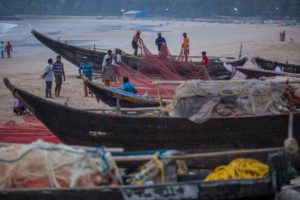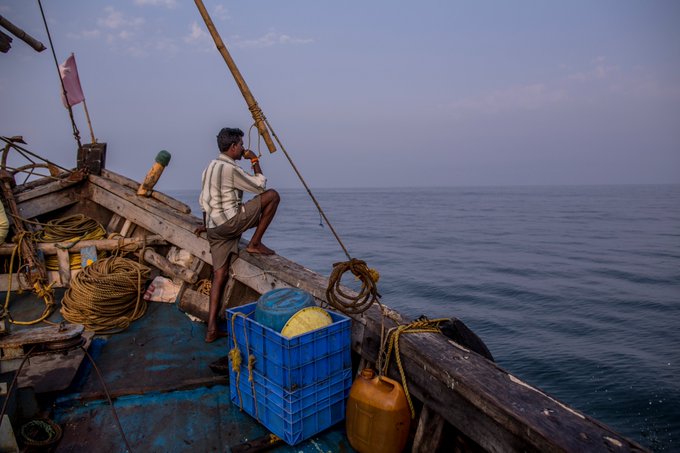New Delhi (NVI): India along with United Nations Development Programme (UNDP) today took an important step toward its goals for low-carbon, climate-resilient development as the relevant US$43 million project got underway in three coastal states of the country.
Over 1.7 million people from the coastal states of Andhra Pradesh, Maharashtra and Odisha are expected to directly benefit from livelihoods support, with another 10 million indirectly benefitting from improved shoreline protection.
The initiative will also focus on providing tangible benefits for vulnerable communities, including women, female-headed households, young people and the elderly and members of Scheduled Castes and Tribes.
The new project, funded by the Green Climate Fund, will be led by the Ministry of Environment, Forest and Climate Change, with support from UNDP. Besides, India will finance an additional US$86.8 million toward the new project to mainstream and accelerate the impacts of the Green Climate Fund grant, a statement said.
The six-year project will work with communities in restoring ecosystems and promoting climate-resilient livelihood options, such as sustainable farming of mud crabs.
It further establishes India as a leader on climate action, and marks an essential step for the country to reach its goals outlined in the Paris Agreement and 2030 agenda for Sustainable Development.
These global compacts call on every nation to end poverty and hunger by 2030, and to take strong action to ensure no one is left behind in protecting vulnerable people from the extreme impacts of climate change.
This initiative will particularly address India’s strategic plan to achieve its nationally determined contributions under the Paris Agreement, which focuses on adaptation efforts in vulnerable communities.
Over 3.5 million tonnes of CO2 will be sequestered through restored ecosystems over the next 30 years.
Speaking on the occasion, Additional Secretary, Environment Ministry Ravi Shankar Prasad said, “India’s coastal areas are quite vulnerable to climate change and in the last five years, we’ve seen increased floods and cyclones in these regions. This pace-setting new initiative will help enhance resilience and adaptability, lead to emissions reductions and support sustainable livelihoods. It aligns well with the priorities of the National Action Plan on Climate Change, the State Action Plans, and the nationally determined contributions under the Paris Agreement.
UNDP India Resident Representative, Shoko Noda said, “This initiative will not just build climate resilience among people living on India’s coasts, it will also have considerable long-term environmental benefits. By promoting healthier ecosystems, better biodiversity conservation and resilient livelihoods, it is also an example of the kind of integrated approach we need to achieve the Sustainable Development Goals”.
To protect life on land and below water as outlined in the 2030 agenda, project activities will focus on the restoration and conservation of over 15,000 hectares of mangroves, coral reefs, seagrasses and saltmarshes. Communities, including local youth, will be trained to work with scientists in monitoring ecosystem health and coastal ecology, the statement said.
To strengthen climate risk-informed coastal management and infrastructure planning, the innovative project will create an online decision-support tool available via mobile phone for use by government officers, academic institutions, community members and scientists. The project will also build local knowledge of climate change and the associated risks via training and public education programmes.
A range of partners from the public sector, private sector and civil society were consulted in the creation of the project proposal and will be involved throughout its implementation. The project is set to run to the end of 2024. The project brochure is available here.











